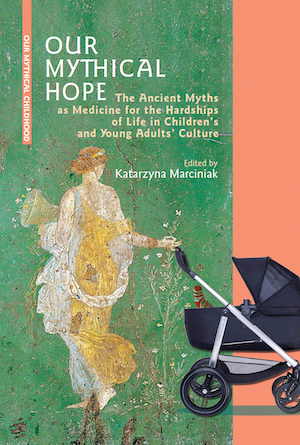Mystery, Childhood and Meaning in Ursula Dubosarsky’s "The Golden Day"
Mystery, Childhood and Meaning in Ursula Dubosarsky’s "The Golden Day"
Author(s): Elizabeth Hale
Subject(s): Pre-WW I & WW I (1900 -1919), Interwar Period (1920 - 1939), WW II and following years (1940 - 1949), Post-War period (1950 - 1989), Transformation Period (1990 - 2010)
Published by: Wydawnictwa Uniwersytetu Warszawskiego
Keywords: classical reception; intertextuality; historicism; Ursula Dubosarsky; Australian history; girlhood; maturation; coming of age; loss; subjectivity; mystery
Summary/Abstract: Exploring the impact of classical intertextuality and historical references in literature for adolescent girls, this chapter focuses on "The Golden Day" by Australian author Ursula Dubosarsky. It considers how aspects of Australian and classical historical, mythological, and literary intertextuality contribute to presentation of young adult subjectivity and maturation in adolescent girlhood. Analysing the novel reveals how aspects of gothic, of mystery, of loss, of war, and of love, sex, art, and fantasy combine in a literary portrayal of adolescent girlhood and coming of age in 1960s Australia.
Book: Our Mythical Hope
- Page Range: 451-469
- Page Count: 19
- Publication Year: 2021
- Language: English
- Content File-PDF

